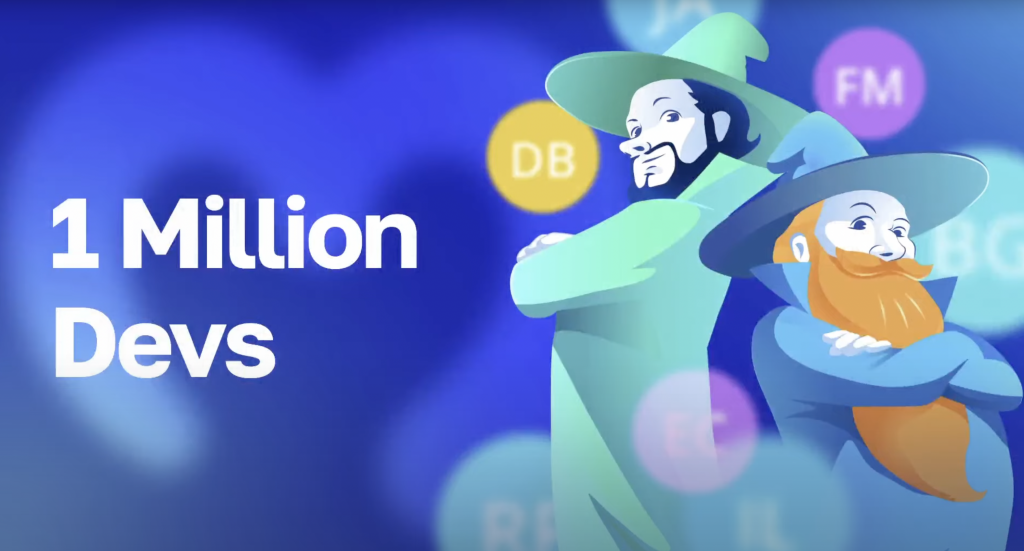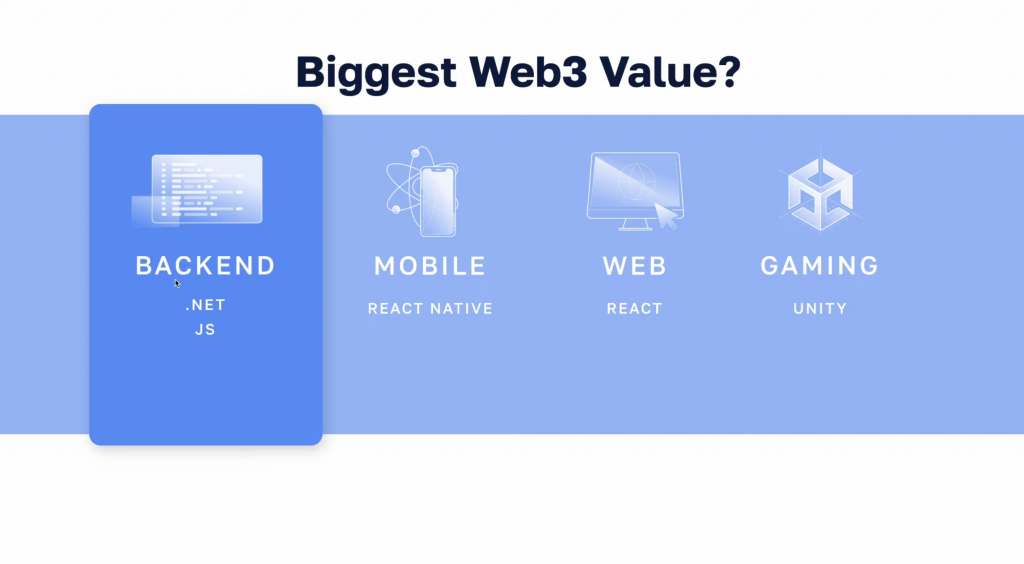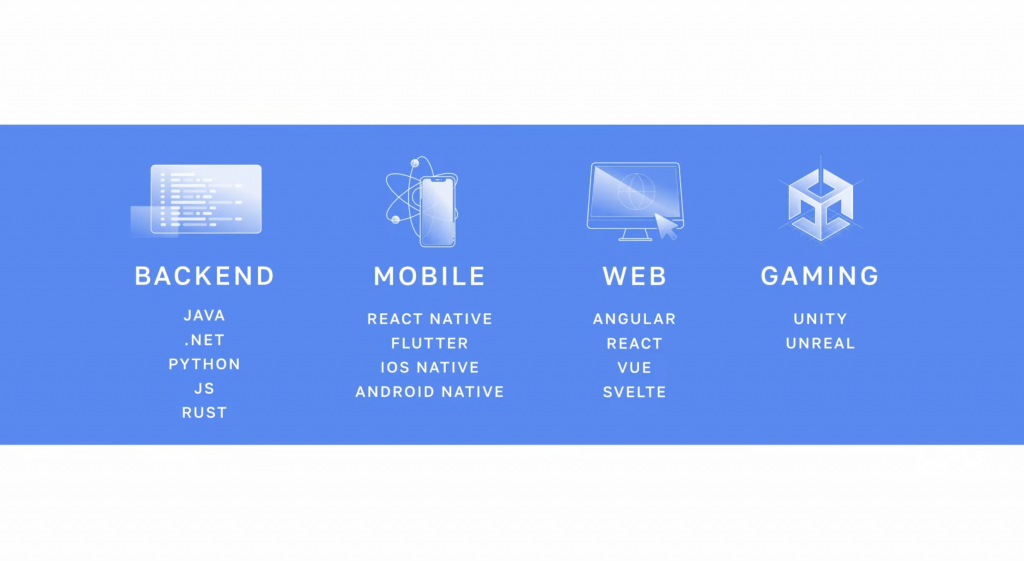Today marks the beginning of our transition to Moralis 2.0.
Moralis 2.0 is key to our overall goal of accelerating Web3 mass-adoption.
We at Moralis are aiming at onboarding one million Web2 developers to Web3. For Web3 to truly become mainstream, we need great devs in the space – and great devs require great tools. To onboard this massive amount of devs, we need to massively reduce the Web3 entry barriers for Web2 devs.

In order to minimize the friction for Web2 devs getting into Web3, we want to offer experiences that are very familiar to existing developers. This makes their transition to Web3 as smooth as possible – and this is exactly what Moralis 2.0 is about.
What is Moralis 2.0?
With Moralis 2.0, we are focusing on what we do best; providing top-of-the-line Web3 backend services; and we are enabling easy integrations with all the Web2 platforms that Web2 developers already use.
Let’s first take a step back and see why we are introducing Moralis 2.0. To be as accessible as possible to developers looking to get into Web3, we have to be present across all platforms Web2 developers already use.
Currently, most of our time has gone into developing great Web3 backend solutions. In addition to this, we also develop a few frontend SDKs, such as our React SDK, Unity SDK, or our upcoming React Native SDK.

This strategy clearly provides a huge amount of value to the masses of developers using Moralis. However, we want to be present on many more platforms, to reach even more developers. In order to do this, we need to provide integrations to our world-class backend, instead of implementing all different frontend SDK ourselves.

This means instead of building frontend SDKs, we double-down on building our backend and backend SDKs, and we then do integrations to unlock all the different SDKs for mobile, gaming, and web development.
As such, we are now bringing our hugely popular Web3 components – such as our world-class Web3 Authentication, Web3 Syncs, and our other APIs like our NFT API – and make these fully compatible and easily integrateable with Web2 backends like Firebase, Supabase, Playfab, and many others. For all Moralis 2.0 details, be sure to check out the following video:
What Happens Now?
Long-term, Moralis 2.0 aims to allow developers to integrate Web3 into any tech stack. For example, Moralis 2.0 will eventually enable developers to use Moralis with all your favorite web and mobile frameworks, as well as game integrations with e.g. Unreal Engine and Unity.
Moreover, Moralis 2.0 will also allow us to do a full open-sourcing of the Moralis stack. We are currently taking all different services we offer from the Moralis service and turning them into APIs. For example, we’re making both our authentication and syncs features APIs, meaning you’ll soon be able to self-host your Moralis server.
Starting today, we’re releasing the Moralis JavaScript SDK v2 Update. This is the first step towards realizing Moralis 2.0 and being able to integrate Moralis with any backend, and we’re now starting with NodeJS. Starting today, you’ll be able to handle EVM API, Solana API, and to handle Moralis authentication through the API.
What About the Current JavaScript SDK?
If you want to keep using Moralis as you currently do with the “moralis” SDK, follow these steps below to continue receiving bugfixes and patches:
Moralis-v1
Replace the “moralis” library with the “moralis-v1″ library here: https://github.com/MoralisWeb3/Moralis-JS-SDK-v1
NPM Users:
Change the “moralis” dependency to “moralis-v1”
https://www.npmjs.com/package/moralis-v1
CDN Import Users:
Change the script src from https://unpkg.com/[email protected]/dist/moralis.js to https://unpkg.com/[email protected]/dist/moralis.js
Please note that this only applies only for updates after v1.11.0.
If you’re using a fixed version of Moralis below 1.11.0, you can leave it as it is until you update. When you update to v1.11.0 or above, you’ll need to change the dependency to moralis-v1. For a full introduction to the new NodeJS SDK for Moralis 2.0, check out the following video:
